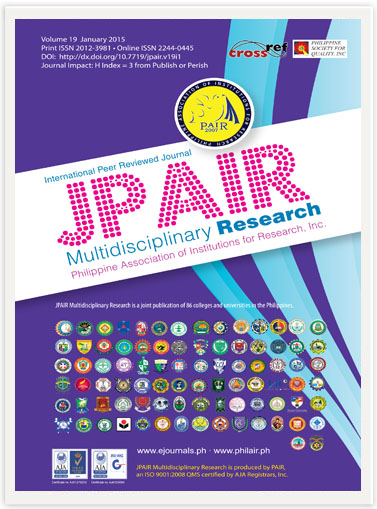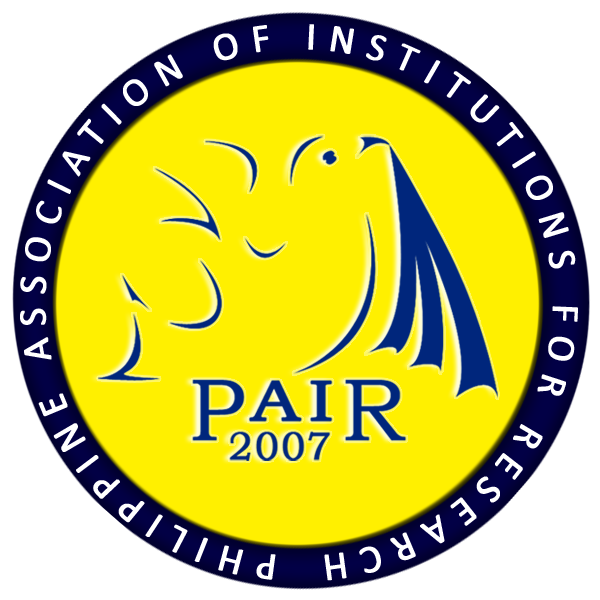Satire in Merlinda Bobis' Banana Heart Summer
DOI:
https://doi.org/10.7719/jpair.v19i1.309Keywords:
Literature, aesthetics of satire, defamiliarization, Banana heart summer, Bicolanos, Filipinos, formalist-contextual analysis, PhilippinesAbstract
Hornedo, a literature icon asserts that "A piece of literature documents the world and the worldview of its author" Accordingly, some literary pieces can provide information on the socio-political and cultural background of a certain society. Anchored on this premise, this paper aimed to identify the aesthetics of satire in Merlinda Bobis' Banana Heart Summer. It also sought to unveil the novel's message and the author's manner of criticizing the novel's social setup. Specifically, it sought to describe the novel's theme, tone, structure and style, as well as the socio-political and cultural aspects using food as primary trope. The paper also aimed to present the reality frame of the depicted societal problems of the Filipinos in general and those of Bicolanos in particular. The formalist theory was applied in the treatment of material, which is a satire, and being so, the researcher also applied defamiliarization theory, through devices such as tropes and social realism, as it forms part of the aesthetics of satire that can help identify the ideology behind the author's work. The researcher grouped the identified satirical techniques into five: exaggeration, incongruity, parody, reversal, and defamiliarization. In conclusion, this paper asserts that Bobis wrote the material for the readers to see the flaws of the society; alongside, she also implicitly offers a solution or presents the possibility of curing the social ills highlighted in the novel.
Downloads
References
Abrams, M.H. (1953). The mirror and the lamp: Romantic theory and the critical tradition. Oxford: Oxford University Press Inc.
Downloads
Published
Issue
Section
License
Copyright (c) 2015 Sherill A. Gilbas

This work is licensed under a Creative Commons Attribution-NonCommercial 4.0 International License.
Open Access. This article published by JPAIR Multidisciplinary Research is licensed under a Creative Commons Attribution-Noncommercial 4.0 International (CC BY-NC 4.0). You are free to share (copy and redistribute the material in any medium or format) and adapt (remix, transform, and build upon the material). Under the following terms, you must give appropriate credit, provide a link to the license, and indicate if changes were made. You may do so in any reasonable manner, but not in any way that suggests the licensor endorses you or your use. You may not use the material for commercial purposes.




















